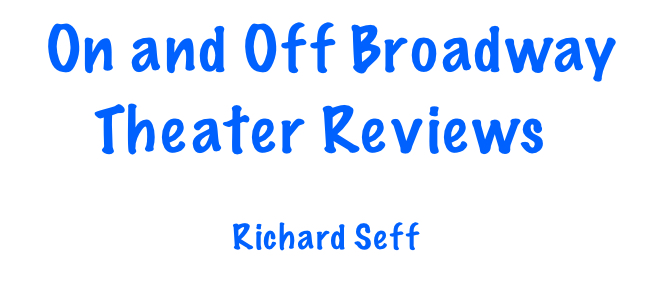There are classical themes that seem to interest and attract playwrights in each succeeding generation. Certainly Shakespeare was aware of the class distinctions of his time in urban England, and he came up with the Capulets and the Montagues to illustrate how teenagers are affected by their early influences and pre-set conditions. For instance, Juliet and her Romeo (and Maria and Tony in “West Side Story”) were taught to “stick to their own kind” when bonding with friends and even falling in love. They find big time trouble when they meet by chance and inexplicably discover a force that attracts them to each other.

In 1967 a book was published by nineteen year old S.E. Hinton who wrote as a teenager for and about teenagers. Called The Outsiders, it spoke to and inspired them. Hinton’s book is set in Tulsa, Oklahoma. The central character is Ponyboy Curtis (played by Brody Grant) who has two older brothers (Brent Comer and Jason Schmidt) and a best friend called Johnny Cade (Sky Lakota-Lynch) A beautiful young teen named Cherry Valance (Emma Pittman) will trigger the rift that grows intense and violent between her affluent world and the one in which Ponyboy’s people are known as Greasers– The Outsiders.

With a bounty of excellent characters, the novel by the eighteen year old Hinton has now sold over 15 million copies in many languages, As a stage show, it is difficult to dramatize because of its abundant population, and its moving story has many settings in and around Tulsa. But a vast team of writers, composers, arrangers, choreographers, and lyricists have joined director Danya Taymor for this musical production on Broadway which comes to us from its success at the La Jolla Playhouse. It is a monumental achievement and a tribute to all of its creators as well as to its smoothly integrated cast of young actors. The staging is inventive and complicated and often involves exuberant and intricate movement made even more extraordinary by the many smaller supporting roles that are sung, danced, and acted by excellent understudies and swings. The performance I saw was the Wednesday matinee of April 17, and it ran in show-stopping fashion through its two and one half hour playing time.
The weakest area of the material would be its score. To my ear, it sounded more like film background music, though its lyrics are often eloquent and are written by Justin Levine, who is credited as co-author of the book plus music and lyrics as well as Music Supervision, Orchestration and Arrangements.
In 1967 when Playwright Hinton was 19, she wrote an Op Ed for the NY Times: “Teenagers are for real. Give them something to hang on to. Show that some people don’t sell out, that not everyone can be bought. Do it realistically. Earn respect by giving it.” She put all that to good use by writing this play. Now here we are, almost half a century later. It’s still valid, and her story lives on. I recommend it highly.




























